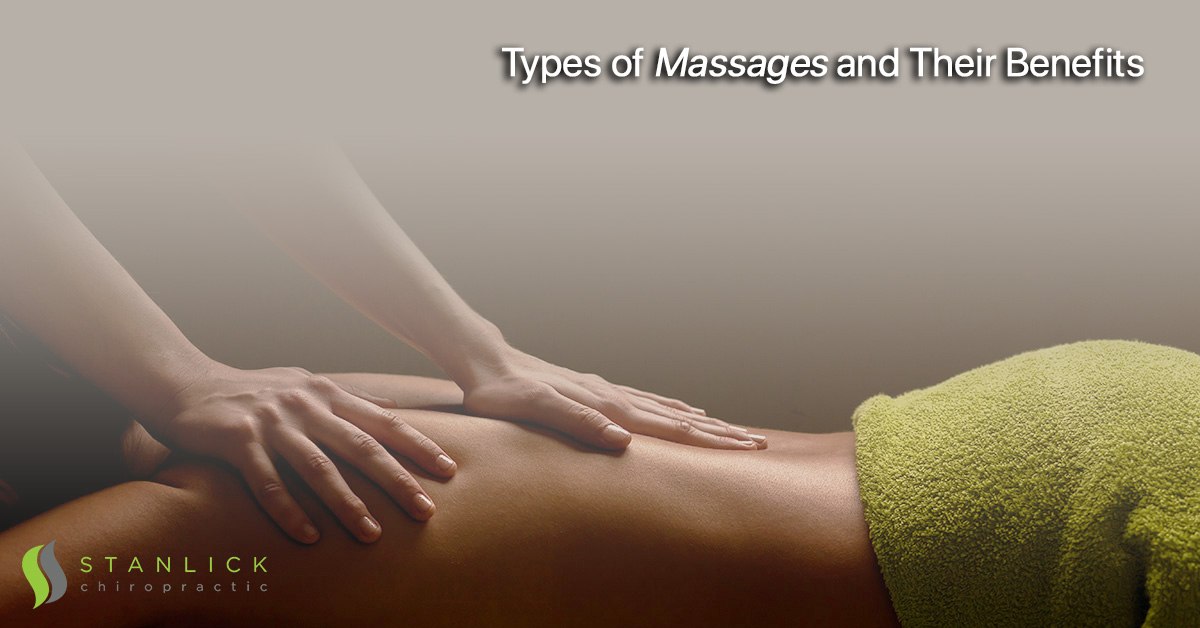Massage is recognized worldwide as an effective means of therapy. It has served as a medical treatment to soothe stiffness, inflammation, and pain. It is also highly popular as a recreational means of relaxing the body and reducing anxiety. While most massage involves a specialized therapist using their hands or certain tools to rub and knead a patient’s muscles, over years and generations the art of massage has expanded into a wide variety of styles and subtypes. If you are experiencing soreness or pain in your body, neck, or back, you may want to consider consulting your doctor if massage may be an effective form of treatment. If you feel like you may be up for a massage, you might look into some of the following types:
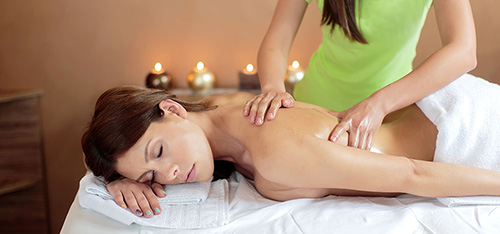
Swedish Massage
Swedish massage is a highly popular form of general-purpose massage. Many spas offer it as the default massage method. The therapist will typically rub the muscles with long gliding strokes, often utilizing oil or a lotion to reduce friction. This form of massage has been known to improve circulation and increase oxygen in the blood while flushing muscle toxins out and relaxing the body.

Shiatsu Massage
Originating from Japan, the art of Shiatsu massage utilizes principles from traditional Chinese medicine to promote relaxation as well as the body’s innate ability to heal itself. Like many other massage styles, a Shiatsu therapist uses their fingers, thumbs, and palm to apply pressure to the body. However, there is an increased emphasis on focusing pressure on points of the body believed to promote energy flow. Beneficiaries of Shiatsu have claimed relief from various ailments through correction of imbalances in their body.
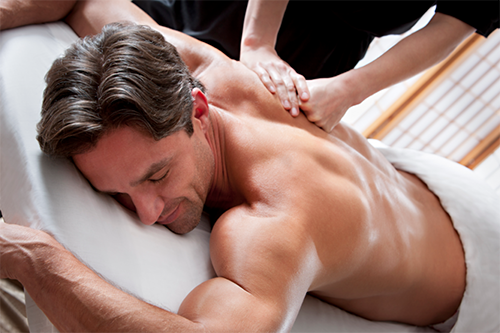
Deep Tissue Massage
At a glance, Deep Tissue massage appears quite similar to Swedish massage. However, as the name suggests, Deep Tissue massage relies on considerably higher pressure and intensity. The therapist will employ slower, more deliberate friction to achieve results. Deep Tissue massage is often recommended to relieve chronic muscle tension. Studies have also suggested that Deep Tissue can help reduce blood pressure, as well as stress hormone levels.
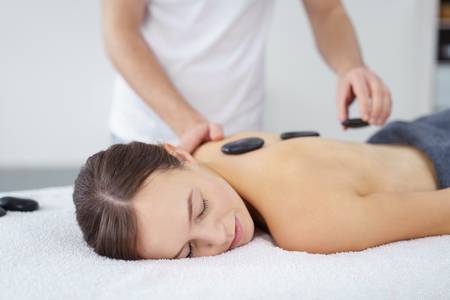
Hot Stone Massage
Increasing in popularity somewhat recently, many are swearing by Hot Stone massage as a means of soothing their muscles and even repairing damaged soft tissues in their body. During Hot Stone massage, the therapist will place smooth, flat, heated stones on specific parts of the body. These massage stones are typically made of basalt, known for retaining warmth and for the purposes of the session are generally heated anywhere between 130 and 145 degrees. The stones may be placed along the spine, on the palms, feet, and toes, as well as on the stomach, chest, and face. This careful application of heat has been demonstrated to relieve stress and tension, as well as soothe pain.

Thai Massage
Thai massage, sometimes referred to as Thai Yoga massage, typically has a therapist assisting a patient’s body into prescribed stretches and certain yoga poses. This modality of massage employs principles from acupuncture, India Ayurvedic medicine, and Yoga. In contrast to the serene relaxation of many other massage styles, Thai massage sessions involve a lot more stretching, pulling, and even rocking techniques to relieve tension and improve the patient’s flexibility. The therapist may use their hands and arms, but may also employ their feet, knees, and legs to help the patient assume these stretches and poses. Because of its somewhat more intense nature, Thai massage has been described as perhaps not universally recommendable. However, a large number of patients have claimed boosted energy, relief from tension headaches, and reduced back pain, among other benefits. If you are thinking about Thai massage, it is highly advisable you research the therapist, as well as discuss the option with your doctor.
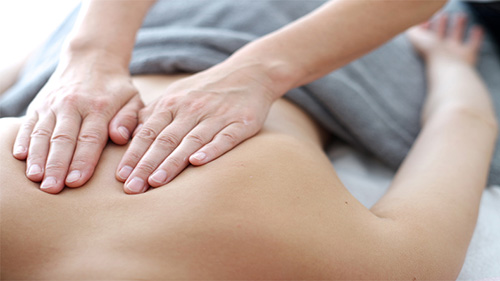
Myofascial Release
Myofascial Release, sometimes referred to as soft tissue mobilization, is another modality that resembles Swedish massage with the therapist applying sustained pressure directly onto the skin. However, Myofascial Release forgoes any oils or creams and instead focuses on using friction and strength in order to release tension that has built up in the fascia. The fascia are thin sheets of fibrous tissue that sheath or enclose muscles and organs, providing support and keeping these internal parts of the body separate from one another. In the event of stress-induced muscle tension, injury or similar trauma the fascia can start to produce Velcro-like adhesions, causing restricted blood flow and introducing inefficiencies in muscle function. Myofascial Release employs techniques that specifically target these adhesions, which can restore muscle relaxation and proper body function.
Massage holds a special place for many as one of the finer things in life. It is at once luxurious and indulgent leisure activity, while also being soothing medicine and therapeutic treatment. Whatever your reason to seek it out, it is generally accepted that a good massage therapist will almost certainly improve your life.

